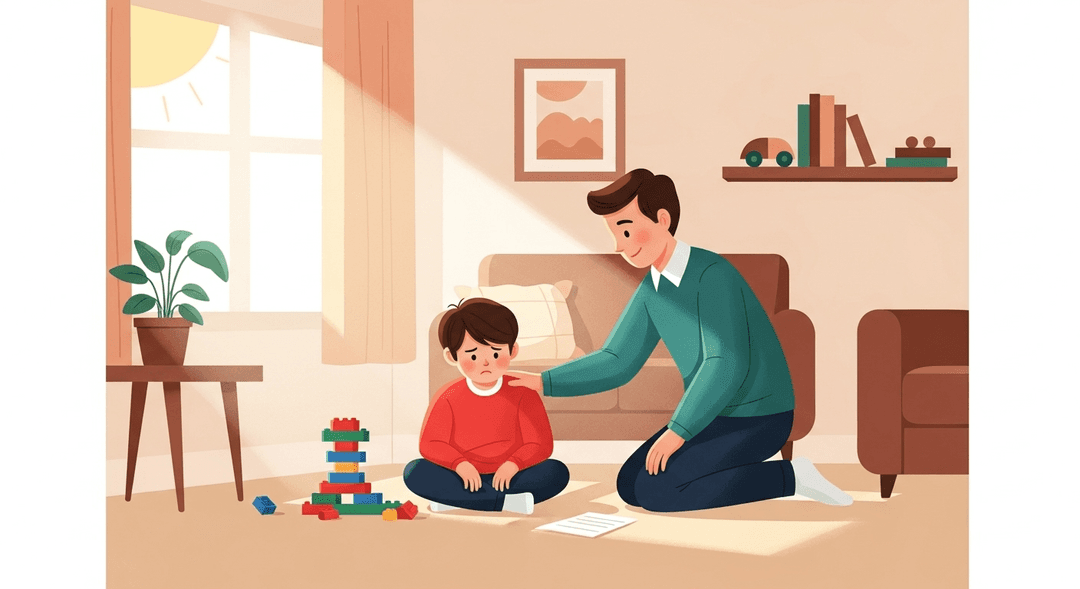Help Them Develop a 'Hope' Mindset
You know those days when your kid’s LEGO tower collapses for the 17th time and you’re suddenly a motivational speaker, life coach, and amateur architect? This is for the moments when you wish you could just order hope on Amazon Prime. If your family’s motto is currently ‘Well, that didn’t work,’ it might be time to sprinkle in some possibility thinking—because sometimes the only way out of meltdown city is a detour through Hope-ville.
Teaching hope actually rewires the brain—kids (and adults!) who learn to see possibilities instead of dead ends build stronger neural pathways for problem-solving and resilience. It boosts confidence, reduces anxiety, and helps everyone bounce back faster from setbacks. Bonus: Hopeful kids are more likely to try new things and less likely to give up at the first sign of trouble (or spilled milk).
How to do it
When your child encounters a challenge, follow these steps:
- Pause and take a few deep breaths before responding.
- Gently ask your child questions like, “What’s another way we could try this?” or “What might help us get closer to our goal?”
- Brainstorm possible solutions together. Encourage all ideas—even the silly ones. Sometimes, a playful suggestion like “let’s wear our socks on our hands” can spark creativity.
- Celebrate small successes. Acknowledge efforts such as trying again or thinking of a new approach, not just achieving the final goal.
- Model hopeful language. Say things like, “That didn’t work, but I know we’ll find a way!” even if you’re feeling frustrated inside.
Tips:
- Stay patient and keep your tone encouraging.
- Let your child lead the brainstorming when possible.
- Remember, progress is about effort and creative thinking, not just results.
- Your attitude sets the tone—showing hope helps your child build resilience.
